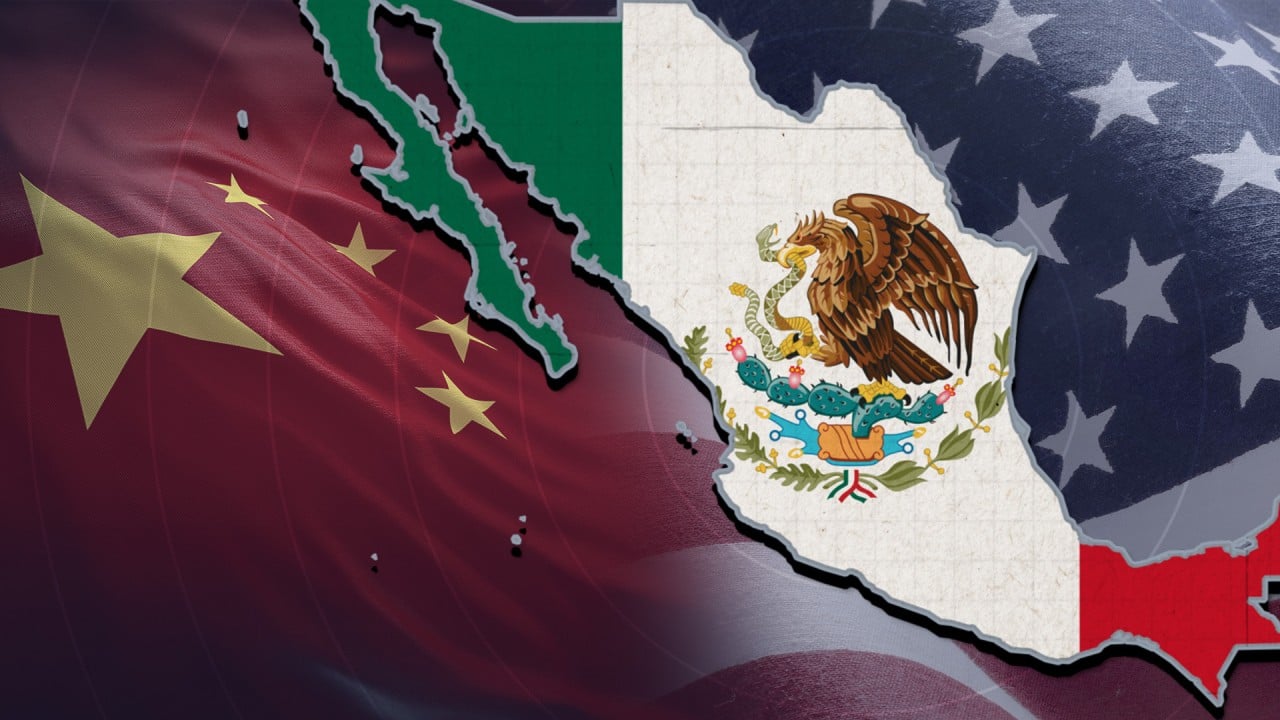China’s Asean trade faces more barriers amid fears of overcapacity, imbalance

A total of 96 trade barrier investigations targeted at China were announced by its trade partners from January to July, already exceeding the 63 in the whole of last year.
At least 74 were related to anti-dumping – exports of a product at a price lower than the price normally charged in its own market – with two ongoing cases from Vietnam focused on steel and one from Thailand on aluminium, according to China Trade Remedies Information, a platform under the Ministry of Commerce.
The United States, India and the European Union levied the most numbers of complaints among China’s trade partners.
Asean countries have reported that their growing trade deficit – as they import more goods and services than they export – with China widened from US$44.8 billion in 2013 to US$137.3 billion in 2022.
And more trade barriers from the Asean bloc of countries appear to be on the way.
Malaysia’s trade ministry announced this week that it would present its anti-dumping legislation plans to parliament next year to protect industries against “effects of unfair trade following the large influx of cheap imported goods from countries, including China”.
In June, Indonesia’s trade ministry also announced plans to impose up to 200 per cent tariffs on certain China-made products to protect its manufacturing industry against dumping practices triggered by Western nations’ trade wars with China.
And on Thursday, Indonesia and Japan agreed on amendments to an economic agreement to reduce or remove trade barriers, Reuters reported.
This trend is driven by growing trade imbalances and concerns over economic dependence
The moves by China’s neighbours suggested the region sees a more imminent need to rebalance some of its trade relations with China as an increasing proportion of cheaper Chinese imports could harm their domestic industries.
Steel has been an area that has gained increased attention, with Vietnam the destination for 11.9 per cent of China’s steel exports in the first half of this year.
This represented a slight increase amid increasing accusations regarding China’s exports of its overcapacity, which has opened China up to potentially more trade barriers.
“This trend is driven by growing trade imbalances and concerns over economic dependence,” said Shay Wester, the director of Asian economic affairs and outreach director at the Asia Society Policy Institute.
“This imbalance is due to a surge in Chinese imports, ranging from low-cost consumer goods to hi-tech products like electric vehicles.
“These imports put considerable pressure on local industries and raise concerns about overdependence on China, especially as Asean’s manufacturing sector heavily relies on Chinese components.”
Wester said geopolitical considerations from Southeast Asian countries are that China could use its economic leverage “punitively”.
Yet, officials in Beijing have repeatedly touted China’s relations with the Southeast Asian nations and members of its Belt and Road Initiative as thriving, and since 2020, the Asean bloc surpassed the EU to become China’s largest trading partner.
Together with the Regional Comprehensive Economic Partnership (RCEP) trade pact, which came into force in January 2022 and includes the Asean bloc plus Australia, Japan, South Korea and New Zealand, Beijing has touted its trade relations with regional partners as being strong despite “uncertainties in the geopolitical environment”.
Deborah Elms, head of trade policy at the Hinrich Foundation, said the changing trade landscape globally represented a combination of issues, including a shift in dependence on new economic actors, concerns about possible future supply chain disruptions, technological acceleration and a strong sense of drift from major economic players.
“Now, it’s become much easier to pull out protectionist tools of all sorts, even with minimal justification,” said Elms.
“If protectionist behaviour is allowed and even encouraged, then more governments will probably follow suit.
“Domestic pressures can be very sharp to keep markets shut, while the benefits of openness are always diffused.”
Other trade partners, including Mexico and Turkey, have launched tariffs on China over the past year.
And Elms said while RCEP and other trade agreements are a helpful means of resisting protectionist impulses, “even RCEP allows protection in some circumstances” as unfair practices should be “adjusted”.
“It would be odd if a rapidly changing trade landscape was not met with a review of existing policies to make them as fit for purpose as possible,” she said.
I think all of these goals of Beijing in free-trade agreements, if signed, are just going to be just mainly for branding like RCEP
Wester also expected trade barriers for Chinese exports to enter the Asean market to rise, “but not to US or EU levels”, he said.
“Asean countries will likely adopt a nuanced approach, selectively protecting key industries while maintaining overall economic openness,” he added.
“There will likely be a growing emphasis on developing local manufacturing ecosystems and fostering investments in high-value industries.”
In the meantime, Beijing has attempted to deepen trade relations with the region by negotiating a so-called version 3.0 of the Asean-China Free Trade Area, with the latest round of talks taking place in Beijing in May.
But Alicia Garcia-Herrero, the chief economist for Asia-Pacific at French investment bank Natixis, “frankly doubts” the progress of the upgrade to the agreement that was signed in November 2002.
“The world is becoming very protectionist, I think all of these goals of Beijing in free-trade agreements, if signed, are just going to be just mainly for branding like RCEP,” she said.
Source link




